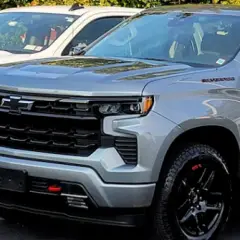-
Similar Content
-
- 1 reply
- 181 views
-
HELP! For the time being WAMS is not doing BCM programming to retro fit OEM ventilated seats!!
By Jgrazy22,
- 2 replies
- 329 views
-
- 8 replies
- 689 views
-
- 2 replies
- 4,134 views
-
- 0 replies
- 493 views
-
-
Recently Browsing 0 members
- No registered users viewing this page.
-
Forum Statistics
247.7k
Total Topics2.6m
Total Posts -
Member Statistics
-
Who's Online 18 Members, 0 Anonymous, 2,651 Guests (See full list)



















Recommended Posts
Join the conversation
You can post now and register later. If you have an account, sign in now to post with your account.